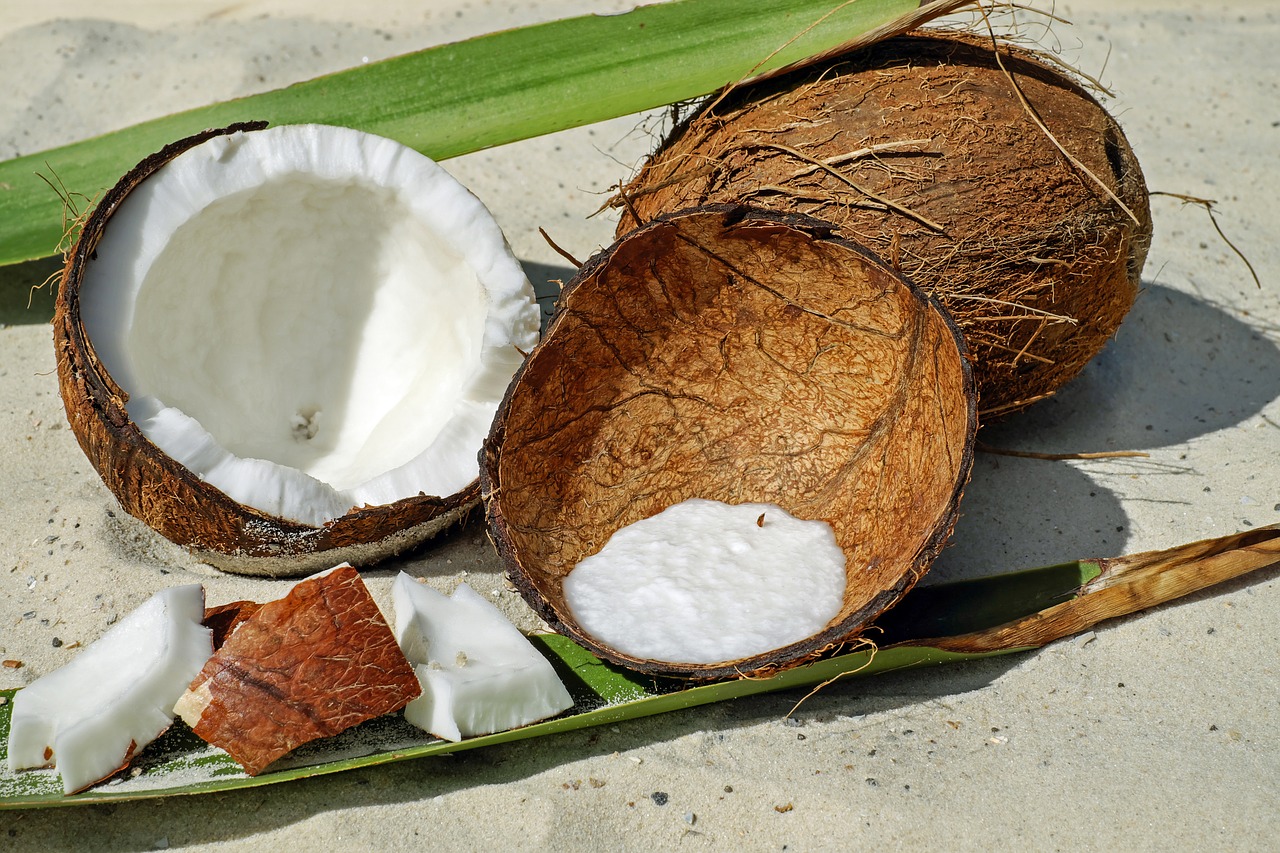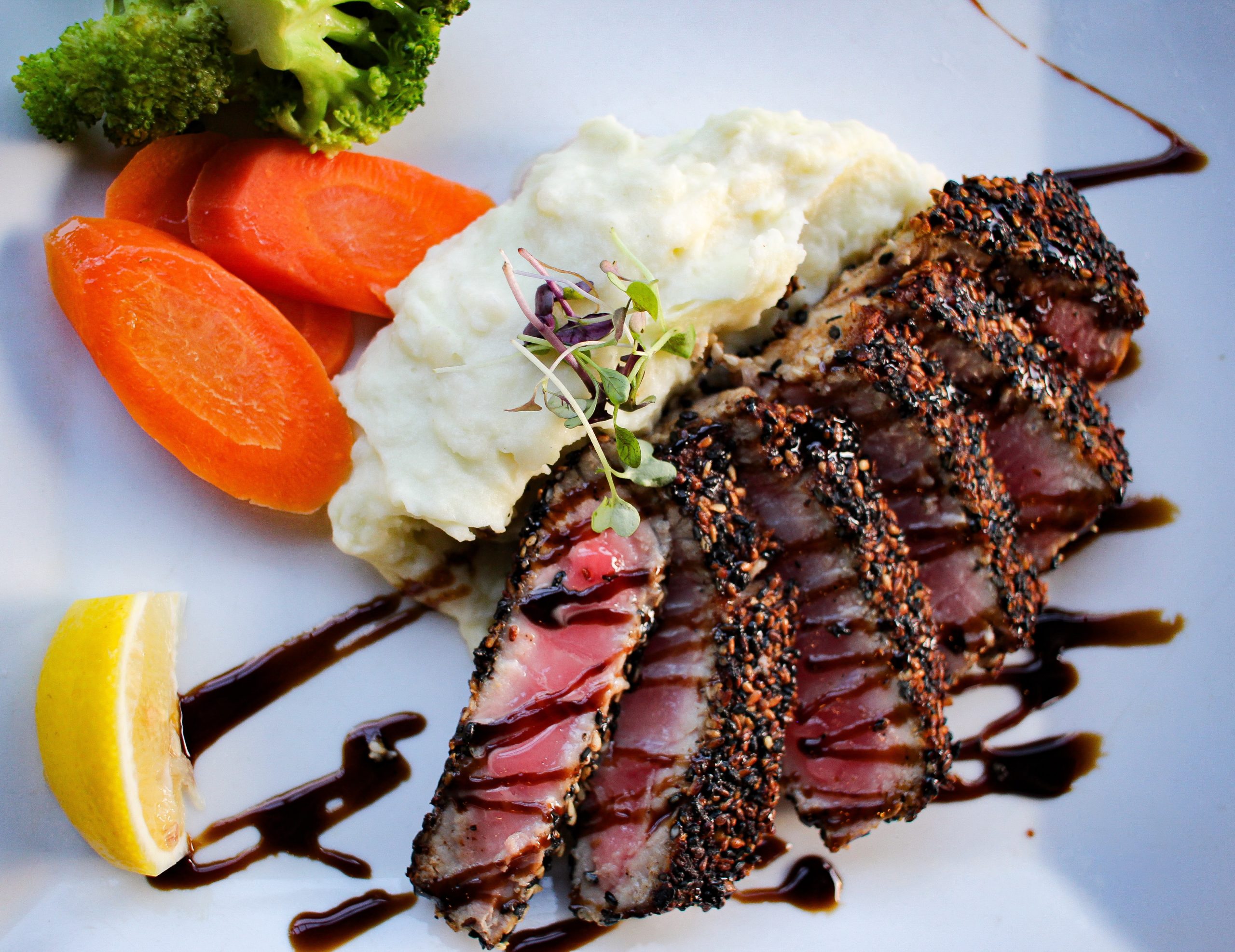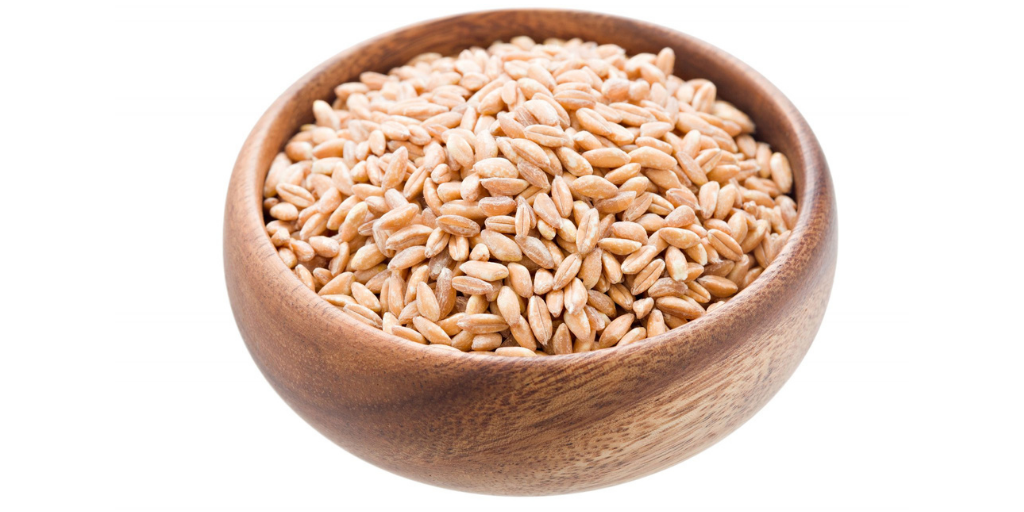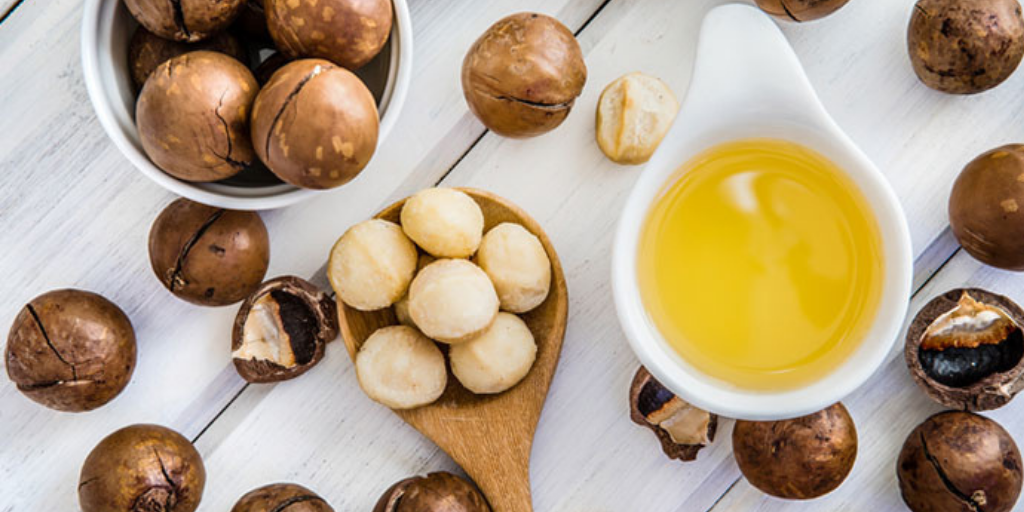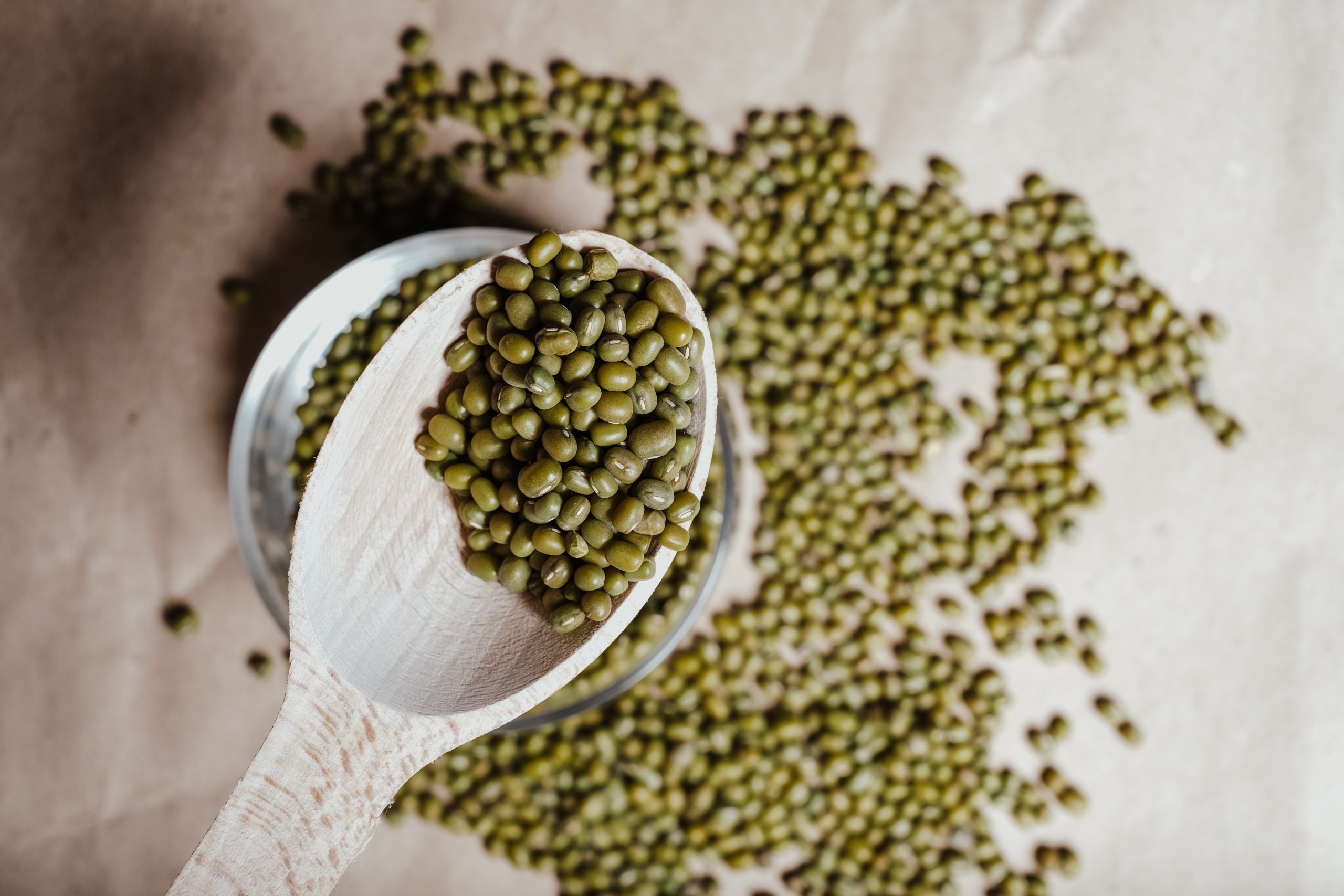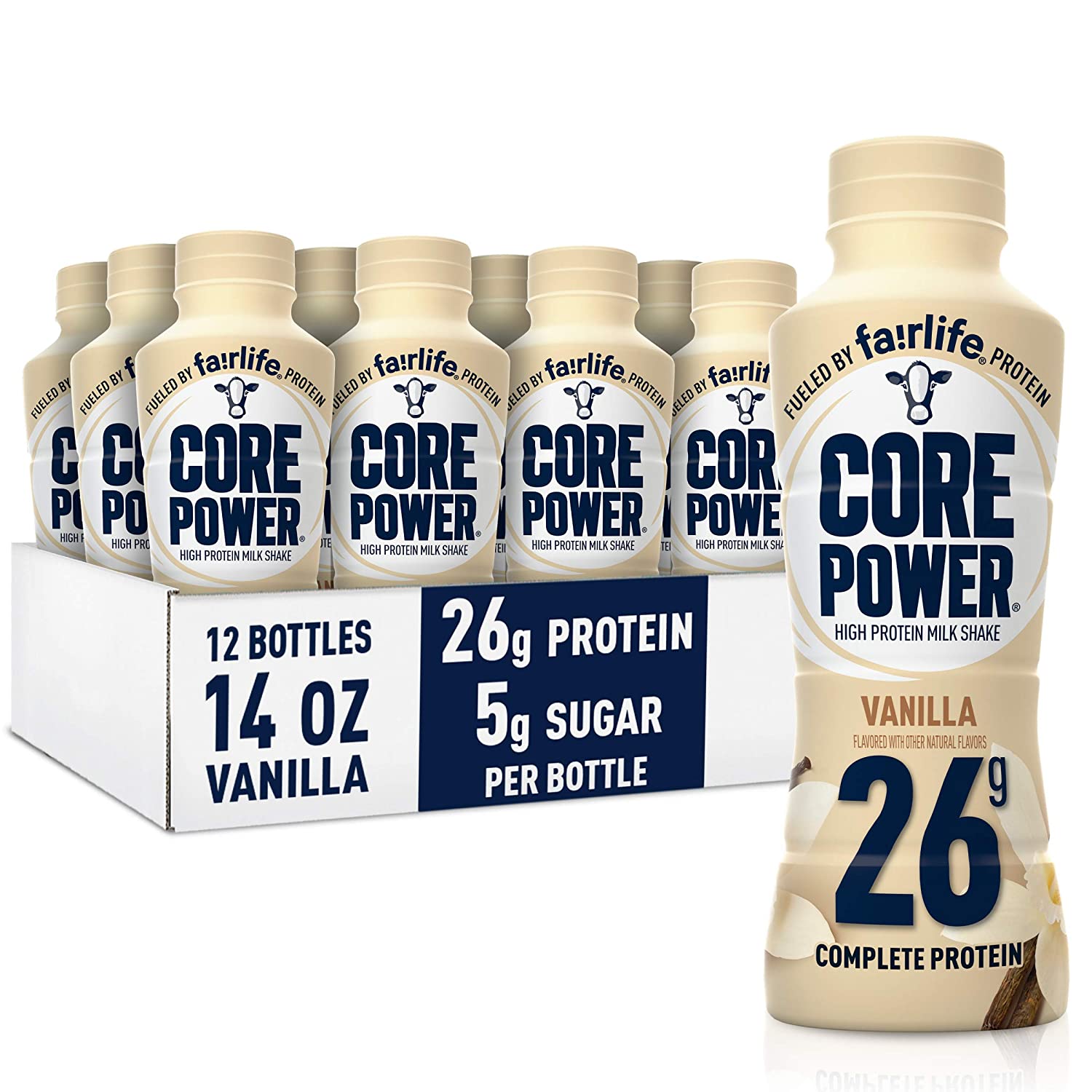Nutrition Facts And Health Benefits of Cilantro
The nutrition facts and health benefits of Cilantro are pretty compelling. This herb is low in saturated fat and cholesterol and has a low caloric value. It also has several other health benefits. Here’s a closer look at some of them. For starters, you can enjoy its heart-healthy properties by consuming it daily. It can help you reduce the risk of cardiovascular disease and lower cholesterol. It can also help prevent oxidative damage.
Apart from being a tasty herb, Cilantro also has several other benefits. It is an essential source of antioxidants, phytonutrients, flavonoids, and phenolic compounds.

